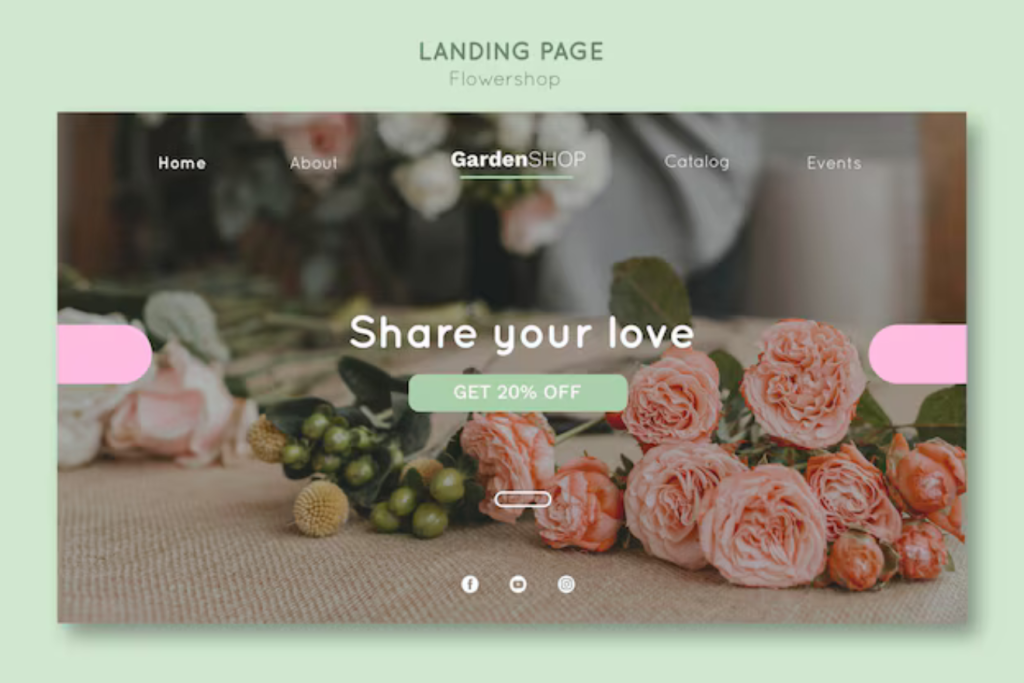In 2025, wedding planning isn’t just about choosing a venue, picking out flowers, or selecting the perfect saree(Wedding Website). Today’s modern Sri Lankan couple also thinks about something else: their wedding website.
Creating a wedding website has become a beautiful part of the modern celebration — it’s your digital home for the journey toward “I do.” Whether you’re planning a grand celebration in Colombo, a beachfront ceremony in Trincomalee, or an intimate Kandyan ritual, a well-made wedding website helps organize everything and adds a personal touch for guests.
But how much is too much? What do you need to include, and what can you leave out?
This guide walks you through what to feature on your site — and what you can safely skip.
Why Create a Wedding Website?
Before we get into the details, here’s why you may want one:
- It saves time – Guests can find all the info they need without calling or messaging you.
- It looks great – Your wedding journey deserves a beautiful, branded digital home.
- It keeps everything organized – From RSVP tracking to your gift registry.
- It’s perfect for destination weddings – Directions, dress codes, and hotel info, all in one place.



What to Include on Your Wedding Website
Let’s start with the essentials. These are the must-have elements that every couple should include.
1. Your Love Story or Couple Bio
Guests love reading how you met, how the proposal happened, and what you love about each other. Keep it sweet, honest, and no longer than a few paragraphs. You can include:
- Where you first met
- A fun or quirky memory
- How the proposal happened
- What you’re most excited about in married life
Tip: Include a few candid photos to make it feel more personal.
2. The Big Day Details
This is the most practical section — and probably the most visited part of your site. Include:
- Date & Time – Double-check every detail.
- Venue Address – Include maps and landmarks for Sri Lankan guests who prefer directions over GPS.
- Ceremony & Reception Schedule – Let guests know what to expect.
- Dress Code – Traditional, formal, pastel-themed? Be clear but kind.
If you’re having multiple events (like a Mehendi, Homecoming, or Poruwa Ceremony), list each with its date, time, and location.
3. RSVP Section
Make it easy for guests to confirm their attendance. A simple RSVP form with names, attendance status, and meal preferences (if needed) is enough.
Why it’s useful:
- Helps you finalize headcounts
- You can even collect guest info (allergies, transportation needs, etc.)
If you’re not comfortable having everyone RSVP online, you can also offer the option to contact your wedding coordinator or a family member.



4. Photo Gallery
Add a gallery of your pre-shoot, engagement, or proposal moments. This helps build excitement and makes your guests feel part of the journey.
You can update this after the wedding too, with ceremony pictures and videos.
Pro Tip: Choose high-quality images and limit the gallery to 15–20 best shots to avoid clutter.
5. Gift Registry or Contribution Info
Many Sri Lankan couples live abroad or have lived together before the wedding. Instead of traditional gifts, you might prefer:
- A contribution towards your honeymoon fund
- Donations to a meaningful cause
- Online store gift lists (Amazon, Daraz, or Sri Lankan stores offering bridal registries)
Make sure this section is polite, not pushy. A short message like:
“Your presence is the greatest gift! But if you’d like to bless us with a little something, here’s how…”
…will do just fine.
6. Travel & Accommodation Info (for Out-of-Town Guests)
If you’re inviting guests from abroad or different parts of the island, add details like:
- Nearby hotels (with special rates if you’ve arranged them)
- Local taxi apps or driver contacts
- Dress considerations for the local weather or venue
- COVID, visa, or travel notices if applicable
7. Bridal Party or Family Intro (Optional but Nice)
Introduce your bridesmaids, groomsmen, or immediate family. Keep it short and heartfelt. This helps guests connect with key people they’ll see on the big day.
Add fun facts or stories for a personal touch — like “She’s been my best friend since 3rd grade and can still outdance me!”
8. FAQs Section
A quick FAQ saves you from having to answer the same questions 20 times.
Examples:
- “Can I bring a guest?”
- “Is the event indoors or outdoors?”
- “Is there parking?”
- “Are kids allowed?”
- “Will there be vegetarian options?”
What to Skip on Your Wedding Website
While it’s tempting to include everything, too much information can make the site confusing or overwhelming. Here’s what you can leave out:
1. Minute-by-Minute Timeline
Avoid giving away every single moment of the day. Guests don’t need to know when your makeup starts or when the first dance happens. Keep schedules simple and focused on arrival, ceremony, and reception timing.
2. Too Many Personal Details
It’s okay to be romantic, but don’t overshare. You don’t need to tell every detail of your relationship, past hardships, or private jokes. Keep it joyful and guest-friendly.
3. Long Text Blocks
Avoid paragraphs that scroll endlessly. Break up content with photos, subheadings, or bullet points. Think mobile-first — most guests will be checking from their phones.
4. Unnecessary Pages
Stick to 4–6 sections max. Too many tabs like “Blog,” “Countdown,” or “Behind the Scenes” can confuse guests and dilute the purpose of the site.
5. Overly Loud Design or Music
Autoplaying music or flashy animations can distract. Choose elegant, minimal templates that reflect your wedding theme. Clean and classy always wins.
Bonus Tips for Creating a Beautiful Wedding Website
- Match your theme: Use fonts, colors, and design elements that reflect your wedding mood — tropical, rustic, royal, etc.
- Use a custom domain: Instead of a long platform URL, use something like www.anuraandnisha2025.com for a polished look.
- Update it often: If plans change, your website should reflect it. Always test RSVP forms and links.
- Protect privacy: Avoid sharing your full contact details publicly. Use password protection or restrict access if needed.
Recommended Platforms to Build Your Wedding Website
Here are a few user-friendly platforms:
- Zola – Stylish templates and free RSVP tracking
- The Knot – Great for international weddings with multiple language options
- WithJoy – Good mobile experience and integrated registry
- Canva – Design-focused, ideal for Sri Lankan couples who want something highly visual
- Google Sites – Simple and free for tech-savvy couples
If you’re working with a planner or developer, they can help you build a custom site that matches your invitation suite and overall design(Wedding Website).
Conclusion
A wedding website isn’t just a trend — it’s a practical, elegant, and modern way to share your love story and organize your big day. But like all things wedding, balance is key.
By keeping it clear, warm, and helpful — and skipping the clutter — you’ll give your guests a lovely experience even before the first flower petal falls(Wedding Website).
So go ahead, start building your digital “save the date” — your 2025 celebration deserves its own little space on the web. 💻💍


